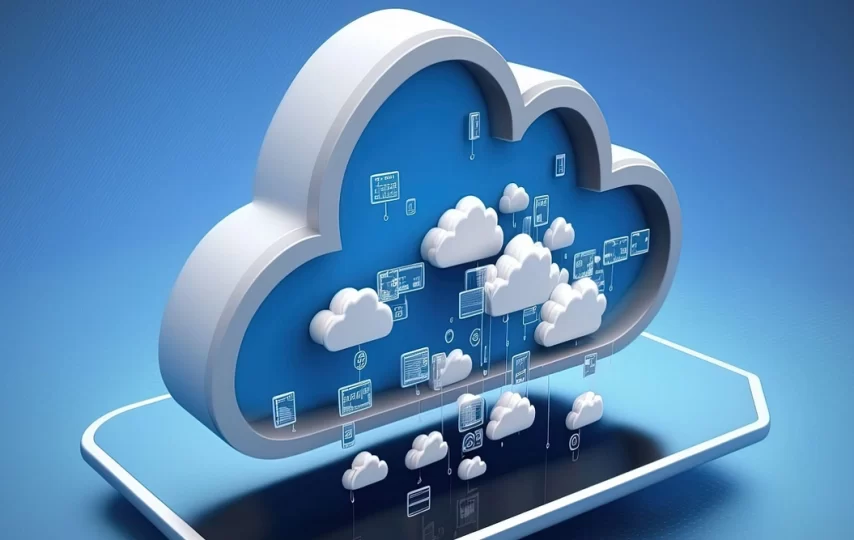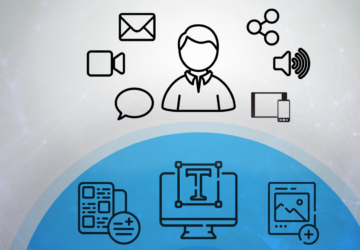As businesses continue to migrate their operations to the cloud, the need for robust and reliable performance monitoring has become more critical than ever. In 2025, organizations rely heavily on cloud services to deliver applications, manage data, and power their digital infrastructure. This makes it essential to ensure that cloud environments remain responsive, cost-efficient, and secure.
This article explores the top tools and techniques used in 2025 for effective cloud performance monitoring, offering insights into how companies can maintain optimal cloud health, anticipate issues, and deliver better digital experiences.
Why Cloud Performance Monitoring Matters
Cloud performance monitoring allows organizations to track the availability, responsiveness, and overall efficiency of their cloud infrastructure and applications. With systems becoming more distributed and complex, identifying performance bottlenecks quickly is essential to maintain productivity and avoid costly downtime.
Poor cloud performance can lead to:
- Increased latency and slow application responses
- Higher operational costs due to resource mismanagement
- User dissatisfaction and reduced customer retention
- Missed SLAs and service penalties
Proactively monitoring cloud performance helps IT teams detect anomalies early, understand system behaviors, and improve resource allocation.
Key Features to Look for in Cloud Monitoring Tools
When choosing cloud monitoring solutions in 2025, companies prioritize tools that offer:
- Real-time analytics: Immediate detection of performance issues and rapid response.
- Multi-cloud visibility: Unified dashboards that consolidate data across AWS, Azure, Google Cloud, and hybrid environments.
- AI and machine learning: Intelligent anomaly detection and predictive analytics for proactive management.
- Automated alerting: Custom alerts based on performance thresholds or unusual patterns.
- Scalability: Ability to adapt monitoring to expanding workloads and services.
- Security compliance monitoring: Ensuring that performance metrics align with regulatory standards.
Top Cloud Performance Monitoring Tools in 2025
Here are some of the most effective tools organizations are using to monitor cloud performance in 2025:
1. Datadog
Datadog is a widely adopted cloud infrastructure monitoring platform offering real-time observability into applications, containers, and services. It supports integrations with major cloud providers and offers AI-driven anomaly detection.
Notable features:
- Real-time metrics collection
- Advanced dashboards and visualizations
- AI-based alerts
- Serverless monitoring capabilities
2. New Relic
New Relic provides full-stack observability with deep insights into application performance, infrastructure health, and user experience.
Strengths:
- End-to-end tracing of transactions
- Code-level diagnostics
- Synthetic monitoring
- Custom telemetry data ingestion
3. Prometheus + Grafana
An open-source stack that remains popular in DevOps and SRE teams. Prometheus collects metrics while Grafana offers robust dashboarding and visualization capabilities.
Advantages:
- Custom metric monitoring
- Flexible alerting rules
- Strong community support
- Ideal for Kubernetes environments
4. AppDynamics
A Cisco-owned platform that focuses on business-centric performance monitoring, linking IT metrics with business KPIs.
Highlights:
- Real-time application mapping
- Business transaction monitoring
- Cloud-native and hybrid support
- Smart baselining of performance data
5. Dynatrace
Known for its AI-powered capabilities and automatic discovery of dependencies, Dynatrace is ideal for complex multi-cloud architectures.
Features:
- Davis AI engine for causal analysis
- Automated root cause detection
- High scalability for enterprise environments
- Security monitoring integrated with performance
Modern Techniques for Effective Monitoring
In 2025, monitoring is not just about collecting metrics. It’s about using modern practices to proactively manage cloud performance:
1. Observability-Driven Development
Engineering teams build applications with observability in mind—embedding instrumentation, tracing, and logging from day one. This results in greater transparency and faster debugging.
2. Service-Level Objectives (SLOs) and Error Budgets
Cloud teams define performance targets and tolerance thresholds. Monitoring tools are configured to alert when systems exceed error budgets or violate SLOs.
3. Synthetic Monitoring
Simulated user traffic is used to test application availability and performance from different global regions, ensuring consistent end-user experiences.
4. Distributed Tracing
Tracing transactions across microservices helps identify latency sources and dependencies that impact performance. Tools like OpenTelemetry standardize this approach.
5. Edge and CDN Monitoring
With content being delivered closer to the user via edge networks and CDNs, monitoring tools now include performance metrics from these distributed endpoints.
Best Practices for Cloud Performance Monitoring
To get the most from cloud performance monitoring, organizations should follow these best practices:
- Set clear KPIs: Define what “good performance” means for your business (e.g., response times under 300ms, 99.99% uptime).
- Integrate monitoring with CI/CD: Ensure monitoring tools are part of the software delivery pipeline for faster feedback loops.
- Automate incident response: Use monitoring data to trigger auto-scaling, self-healing scripts, or ticket creation.
- Regularly review performance trends: Use historical data to spot gradual degradations or seasonal usage patterns.
- Train teams: Ensure developers, DevOps, and operations staff are fluent in interpreting monitoring data and responding effectively.
Final Thoughts
Effective cloud performance monitoring in 2025 requires more than just tools—it demands a strategy built on real-time insights, automation, and alignment with business outcomes. By leveraging modern platforms like Datadog, New Relic, and Dynatrace, and adopting advanced techniques such as observability and distributed tracing, organizations can ensure their cloud environments remain resilient, cost-efficient, and user-friendly.
As cloud infrastructure grows more complex, proactive monitoring becomes a competitive advantage—empowering businesses to innovate faster, avoid downtime, and exceed customer expectations.







